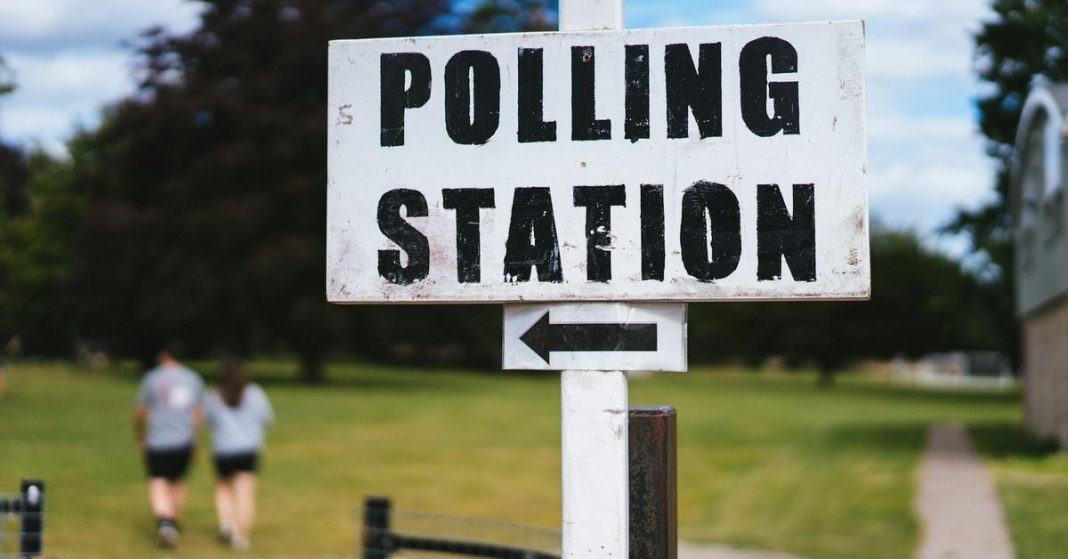Jammu and Kashmir Assembly Elections: A Historic Turnout Amidst Tight Security
In a significant moment for the Union Territory of Jammu and Kashmir, the recently concluded assembly elections have seen a robust voter turnout of 63.88%, marking a pivotal step in the region’s democratic process. With a three-tier security setup in place at all counting centers, the Election Commission is ensuring that the atmosphere remains peaceful and orderly, especially in a region that has faced its share of challenges, including terrorism and insurgency.
The elections, which wrapped up on October 1, were the first since the abrogation of Article 370, a move that altered the special status of Jammu and Kashmir. This historic event has drawn considerable attention, not just for its political implications but also for the resilience of the local populace in participating in the democratic process.
A Closer Look at the Contestants
The assembly elections featured a lineup of notable candidates, each representing different political ideologies and aspirations for the region. Among them is Omar Abdullah, the leader of the National Conference, who is contesting from the Budgam and Ganderbal assembly segments. His party has been a significant player in Jammu and Kashmir’s political landscape for decades.
On the other side of the spectrum, the BJP’s state president, Ravinder Raina, is vying for the Nowshera seat, reflecting the party’s growing influence in the region. Sajad Gani Lone of the People’s Conference is contesting from Handwara and Kupwara, while Pradesh Congress Committee president Tariq Hamid Karra is aiming for the Batamaloo seat. Additionally, AICC general secretary Ghulam Ahmad Mir is in the race for Dooru, and Apni Party president Altaf Bukhari is contesting from Chanapora. Each of these candidates brings unique perspectives and promises to the table, making the elections a crucial juncture for the future of Jammu and Kashmir.
Voter Turnout: A Sign of Engagement
The voter turnout statistics tell an encouraging story. The third phase of polling recorded an impressive 69.69%, while the first and second phases saw 61.38% and 57.31%, respectively. These numbers indicate a growing engagement among the electorate, signaling a desire for change and representation in a region that has often been marred by conflict.
The Election Commission’s efforts to ensure a smooth electoral process have not gone unnoticed. With the three-phase assembly elections concluding peacefully, the poll panel has demonstrated its commitment to upholding democratic values in Jammu and Kashmir, despite the region’s tumultuous history.
Security Measures: A Priority
Given the sensitive nature of the region, the three-tier security setup at counting centers is a crucial aspect of the electoral process. Election Commission officials have emphasized the importance of maintaining decorum and safety, especially in a border UT that has been a stress point for years. This proactive approach aims to instill confidence among voters and ensure that their voices are heard without fear.
Conclusion: A New Chapter for Jammu and Kashmir
As the dust settles on these historic elections, Jammu and Kashmir stands at a crossroads. The participation of voters, coupled with the diverse array of candidates, sets the stage for a new chapter in the region’s political narrative. With the promise of change in the air, the people of Jammu and Kashmir are eager to see how their choices will shape the future of their beloved land. The journey ahead may be challenging, but the spirit of democracy is alive and well in this resilient region.



